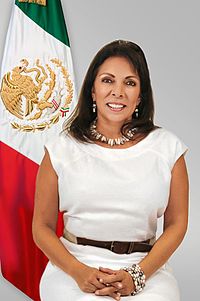2101 Carinansian Presidential Election|
|
| Registered | 254,480,103 |
|---|
| Turnout | 86.2% |
|---|
|
|
The 2101 Carinansian Presidential election was the 34th presidential election since the inaugural election in 1965. Taking place every four years, the election saw the loss of several votes from the Union Socialist Party to the Eco-Anarchist Front, and a partial boycott by splinter organizations of the PRC. However, most members of these parties broke party policy and are shown to have voted for the PUS and PRC in large numbers. The PTC fielded no candidate, instead sponsoring the Union Socialist candidate.
The election also saw voters approve of Suroikoian Unification in voting that took place alongside the ballot for president. 67.3% of voters approved the measure, putting into motion the first stage of the Suroikoian Union Instrument. Similar votes took place in Kostona and Aparicia, which both approved a union with a slimmer majority in the latter, and a supermajority in the former.


